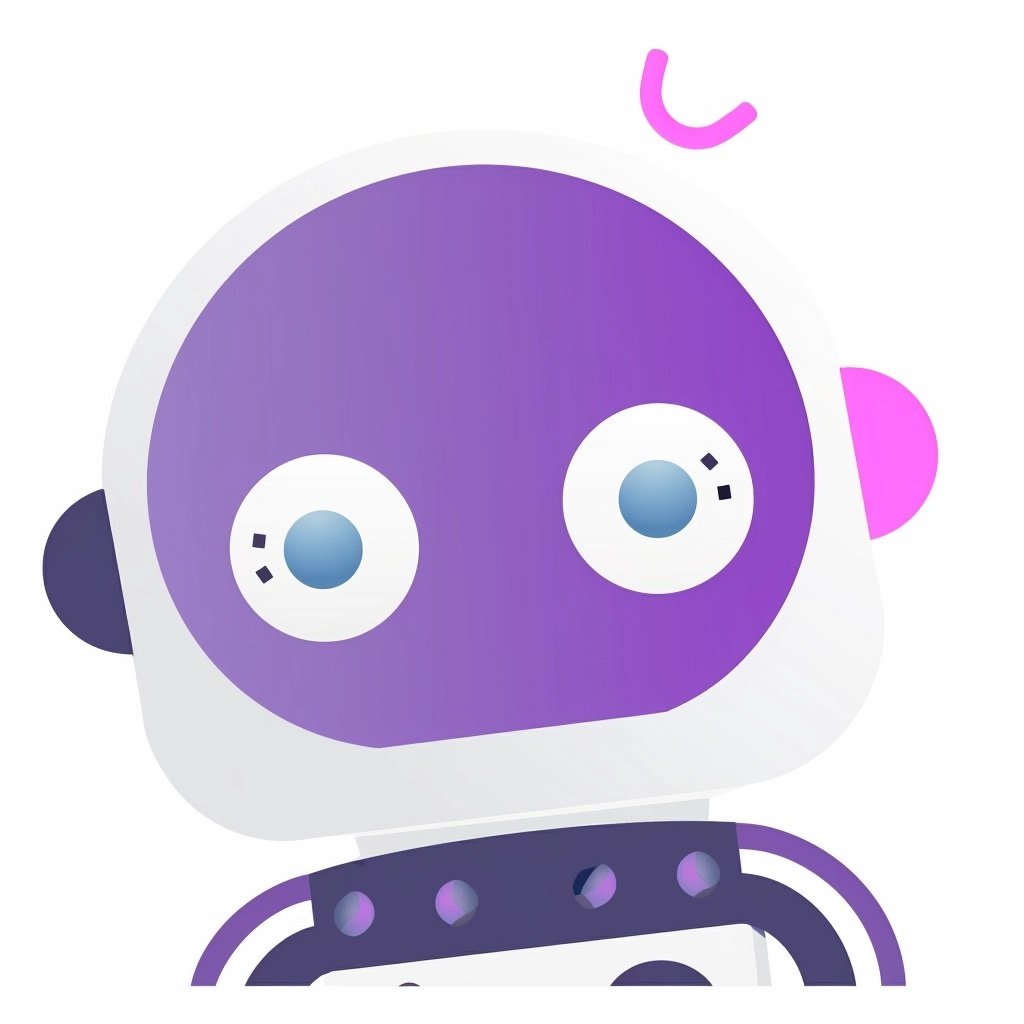The Theory of Local Maximums is my name for a thought technology that is not often thought about but if considered might allow you to avoid getting trapped by your assumptions, and helps put all kinds of input, from analytics data to advice, into meaningful context. I will explain what the Theory of Local Maximums is, but first let’s consider a common problem.
In the technology business we often use analytics tools to gauge customer reaction to product changes. If our conversion goes up, we know we are on the right track but if it goes down, we have done something wrong and should backtrack. Different companies rely on analytics to differing degrees but once a company starts relying on analytics to guide their product direction, the temptation is to double-down. After all why guess about what users want, why not just do an A/B test and get some real data before deciding on a direction? But in relying on analytics too much it becomes a crutch, especially for product managers, who use it to quantify their success.
The problem is that even the most data-driven companies sometimes get beat by competitors and even the most analytics-driven product managers sometimes deliver a mediocre product. So what’s missing?
If every silicon valley startup is optimizing for growth, and they all use analytics to get there, shouldn’t they all start to look more and more alike as they all optimize for the same goal? Empirically we know the answer is no but the reason why is because each one of those companies are all optimizing for the same goal but they are each on a different local maximum.
Imagine you had a grayscale button and your developers built an admin tool with a slider that allowed you to change the color from black to any shade of gray to white. You could test conversion for every value of that slider and plot the result on a graph with x representing the grayscale value and y representing the resulting conversion. You might find one peak but you are just as likely to find two distinct peaks, or three. If you made it a color button and make the sliders R, G and B values, you could plot the result on a 3 dimensional graph and your peaks would look more like dense areas in a volume. Now suppose you had an N dimensional graph that represented every possible change you could make to your product. There would be an infinite number of changes and also an infinite number of peaks, the local maximums. There may be one absolute maximum, one perfect product, but unless you tried and tested every combination of every change, there would be no way to know if you are optimizing for a local maximum or the absolute maximum. And since that’s an impossible task, finding ‘the best’ conversion is an unrealistic goal. But that doesn’t mean we can’t find a ‘pretty good’ conversion.
Let’s go back to two dimensions simplicity and picture a graph with three local maximum, left, middle, and right. It just so happens that the rightmost is the absolute maximum but suppose we started at 0 (black) and started our A/B test for the next lightest shade of gray. It would show an increase in conversion, great! We’re on a good path let’s continue with the next lightest shade… We keep doing this until we hit the local maximum and then for the next lightest shade we see a conversion drop and we back off. We declare that we have the best grayscale buttons in the industry. A competitor comes along and does the same experiment but this time they start from 255 (white) and works their way backwards. They find a completely different winning color and their color out-performs our color! Even though our product manager did everything she was suppose to do, we still ended up losing to our competitor. In the real world, since the choices are not black and white we may not see what really happened and we might call our competitors lucky, but the Theory of Local Maximums says that the only bit of luck they had was to pick a starting point on a curve that had a higher local maximum than ours. If they had picked a starting point that had a lower local maximum, they might have been complaining that we had an unfair advantage as the incumbent.
What is the lesson? What we can say is that probably every successful company is operating at or near a local maximum. And not just any local maximum but probably a higher than average local maximum. But we also know that with an infinite number of local maximums out there, so there is bound to be a higher one. But how do we find it?
We must let our experience, intuition, and taste guide us to the higher local maximum. And we must not be discouraged if our starting point seems like a step down at first because we know how to iterate up to the peak for a potentially larger gain. Iterating is essential for getting to the peak of our local maximum but we should try to get there fast but there is a more important lesson to be had. If we get to the peak and we are still not good enough, we need to stop iterating immediately and try something different, a new starting point. The starting point has to be different enough that is is sure not to be on the same curve because if it was, we would iterate right back to where we are. The notion of ‘failing fast’ can be encapsulated in this exercise but failing fast implies that you pick a new starting point that is nowhere near your current one i.e. fire all you employees, return your venture funding, and start over with a brand new product idea. But while this is a way to go, it’s not the only way to go. Picking a starting point closer by may mean that you may be able to keep your team and use your experience for the next iterative cycle instead of throwing it all away.
If you do find a good local maximum, realize that it’s probably only a matter of time before somebody finds a higher one. The only way to protect against this to make sure you are the one who finds it. And you find it by having your own competing product. It makes perfect sense to try to build two or more teams that compete in the same space to find the best result. It’s like A/B testing on a macro scale. It’s rarely done for many reasons, lack of resources, culture, morale, a CEO who is adamant about their own unique genius, etc. But a mechanism for a company to find a better local maximum is really the only path that does not guarantee failure in the long term.
The Theory of Local Maximums applies well to the use of analytics in product development but it can be applied in a broad number of areas. Take advice, for example, both business and personal. Most advice comes from others in your close circle, others who are probably on the same local maximum as you are. Advice is best taken to incrementally improve in the same way that A/B testing is used to improve a product. But always be open to a radical change if you hit a wall.
The power of embracing the Theory of Local Maximums is in giving yourself a reason to make radical changes when necessary and the wisdom to be open to new approaches when you seem stuck. It gives you the context you need to out-maneuver your competition and the courage to follow your own path.


